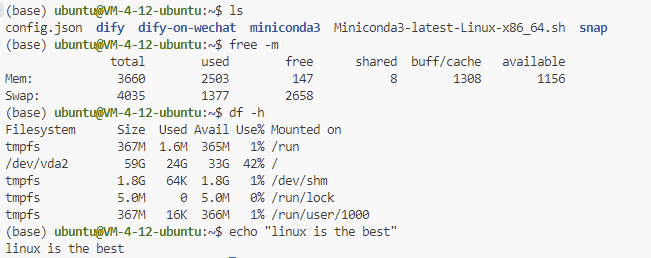Copulas I — Probability Integral Transform
When I wrote this article, I was enjoying my spring break after winter quarter (Greetings from Atlanta😃). Initially, my intention was to delve into the intricacies of Copulas. However, I realized the paramount importance of laying a solid foundation by elucidating the basic concept of the Probability Integral Transform before advancing further.
Definition & Proof
Definition: For a random variable $X$, the function $F$ defined by
$$F_{X}(x) = P(X \leq x),\quad x \in \mathbb{R}$$, is called is called the cumulative distribution function (CDF) or, more simply, the distribution function of \(X\).
It’s crucial to recognize that the CDF is a non-decreasing function. This implies that if \(a \leq b\), then \(F_X(a) \leq F_X(b)\). With this understanding in place, let’s turn our attention to the focal point of today’s discussion: Probability Integral Transform.
Theorem: Suppose that a random variable \(X\) has a continuous distribution for which the cumulative distribution function (CDF) is \(F_{X}\). The random variable \(Y\) defined as \(Y := F_X(X)\), then
$$Y \sim \text{Uniform}(0, 1)$$
proof: Since \(Y = F_X(X)\), \(0 \leq y \leq 1\), this also leads to \(P(Y > 1) = P(Y < 0) = 0\). Also, \(P(F_X(X) \leq y) = P(X \leq F^{-1}_X(y))\) because \(P(F_X(X) \leq y)\) simply means we want to find a \(x\) such that \(y\) is the quantile of \(X\).
Thus, we can get,
$$\begin{equation} \label{eq2}
\begin{aligned}
F_Y(y) &= P(Y \leq y) \\
&= P(F_X(X) \leq y) \\
&= P(X \leq F_X^{-1}(y)) \\
&= F_X(F_X^{-1}(y)) \\
&= y
\end{aligned}
\end{equation}$$Note: The proof hinges on the increasing of \(F^{-1}_X(y)\). In cases where \(F^{-1}_X(y)\) does not increase (for example, if \(F_X\) is constant between \(x_0\) and \(x_1\)), we can employ a generalized form:
$$F^{-1}_X(y) = \inf\{x : F_X(x) \geq y\}$$
Following this definition leads to the same conclusion.
Applications
Simulation of Random Variables:
Imagine the challenge of selecting a random number that adheres to the standard normal distribution—or any distribution for that matter. It’s not as simple as randomly choosing a number and declaring, “This follows a normal distribution!” Fortunately, there’s a clever approach to ensure accuracy.
- Start by selecting a number from a uniform distribution, which essentially means choosing any number between 0 and 1.
- Next, calculate the inverse cumulative distribution function (CDF) of the standard normal distribution, denoted as \(x = \Phi^{-1}(u)\). The resulting \(x\) is precisely what we’re looking for: a value that conforms to the standard normal distribution.
Copulas:
Intuitively, this method helps us to understand the randomness and dependence of random variables, but let’s talk about this in the next post.
Conclusion
We briefly introduced an amazing theorem, Probability Integral Transform. In one words, PIT tells us that the probabilities of outcomes for any random variable into a uniform distribution. This theorem is essential for Copula, and see you next time.






